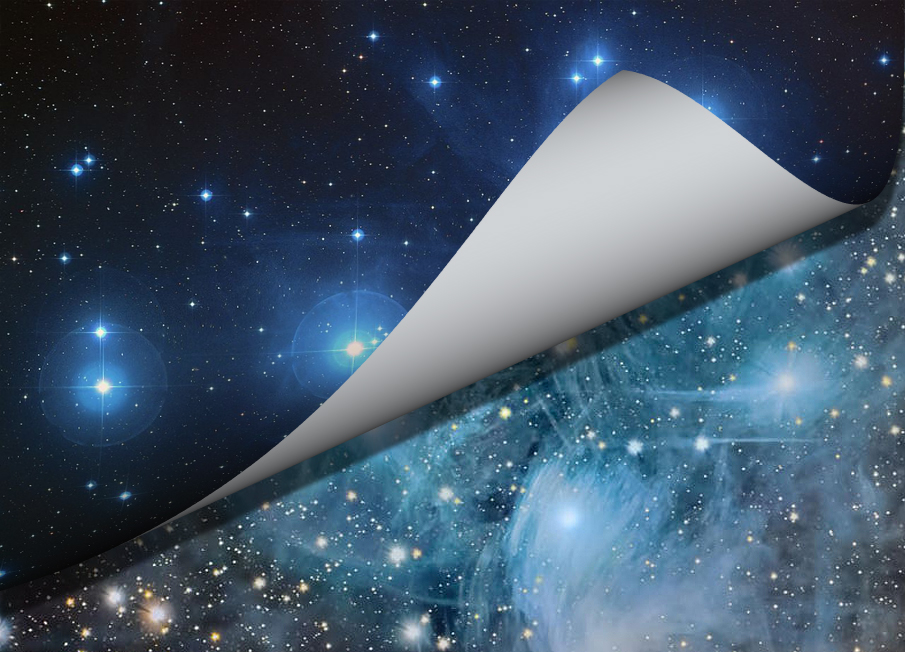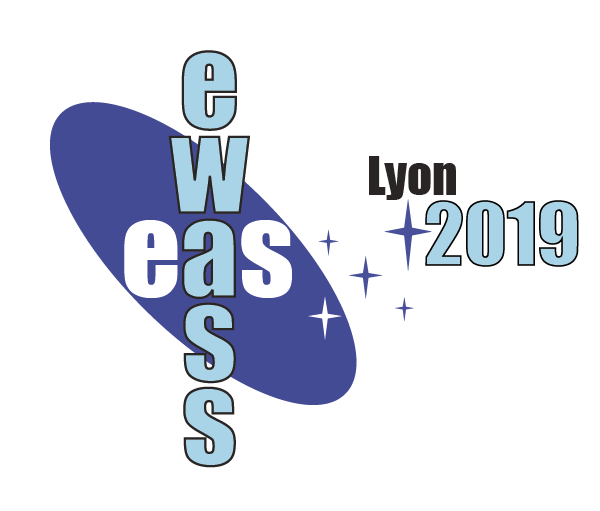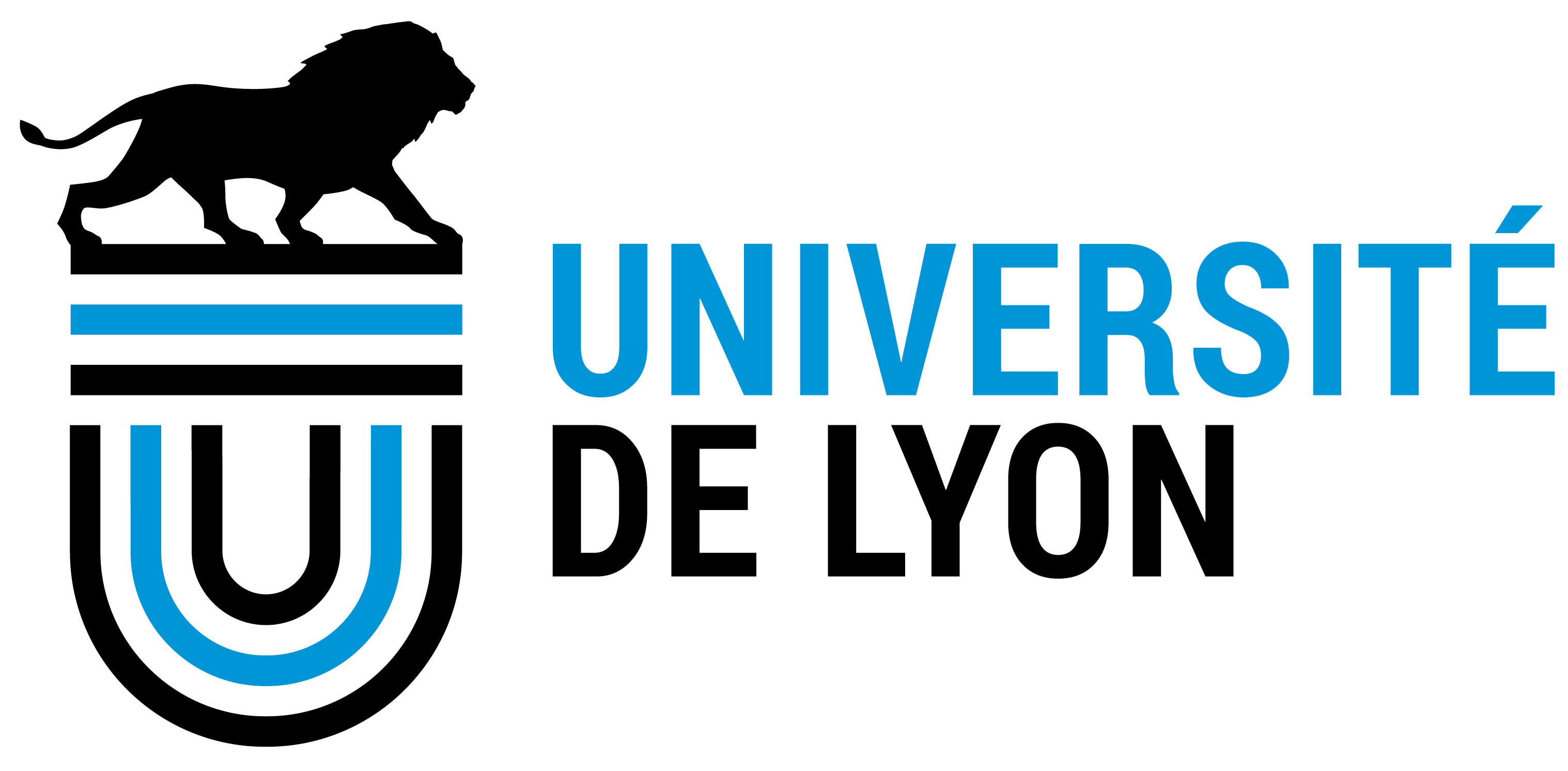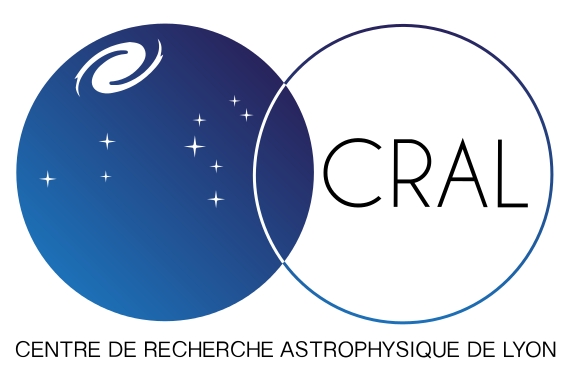Lunch Session LS4
25 June 2019
New horizons in astronomical imaging
Aims and scope
 It is remarkable that over the past decades which have seen a huge progress in astronomical instrumentation, both in terms of light-gathering power and angular resolution, two domains remain fully unexplored. The first one is the realm of objects only detectable at very low surface brightness levels, which extends from features in the Zodiacal light and comet trails all the way to the cosmological backgrounds in the optical/UV, through mass loss episodes of giant stars, debris and exozodi discs, the hitherto unknown population of ultra-diffuse galaxies (which are likely to dominate the galaxy luminosity function), the extent of galactic discs and haloes, and the intracluster light, among many other. The reason this niche remains to be observed is that current instrumentation has not been optimised to detect objects of large angular extent (from dozens of arcseconds to degrees) which shine at a tiny level above the sky background. Over the past few years novel concepts in instrumentation use disruptive technologies that will revolutionise this field, such as curved CMOS and CCDs, fully reflective Schmidt telescopes, along with noise-based state-of-the-art detection algorithms.
It is remarkable that over the past decades which have seen a huge progress in astronomical instrumentation, both in terms of light-gathering power and angular resolution, two domains remain fully unexplored. The first one is the realm of objects only detectable at very low surface brightness levels, which extends from features in the Zodiacal light and comet trails all the way to the cosmological backgrounds in the optical/UV, through mass loss episodes of giant stars, debris and exozodi discs, the hitherto unknown population of ultra-diffuse galaxies (which are likely to dominate the galaxy luminosity function), the extent of galactic discs and haloes, and the intracluster light, among many other. The reason this niche remains to be observed is that current instrumentation has not been optimised to detect objects of large angular extent (from dozens of arcseconds to degrees) which shine at a tiny level above the sky background. Over the past few years novel concepts in instrumentation use disruptive technologies that will revolutionise this field, such as curved CMOS and CCDs, fully reflective Schmidt telescopes, along with noise-based state-of-the-art detection algorithms.
Likewise, time-domain astronomy has a long and respectable history, and a promising future (i.e. LSST), yet concerns only relatively large time scales, from milliseconds
to years. Yet, another unprobed realm with huge astrophysical returns is time series with sampling times of microseconds, which would open, for example, the measurement of the masses of gravitational microlenses without resolving them, through the expected time delays. New concepts using Hanbury Brown Twiss interferometry time series would enable these measures, and the technology of single photon avalanche photodiodes may prove to be the ideal tool for these measurements.
This session is thus proposed for EWASS 2019 because of the importance of exploring these niches, which have a huge return for a wide variety of subjects, hence appealing to a very wide audience. It covers issues that are not addressed elsewhere, and where the feedback from the community is crucial for defining the next goals in frontier instrumentation.
Programme
- The unprobed realm of the ultra-low surface brightness sky
- The disruptive technology of fully-reflective wide-field Schmidt telescopes
- State-of-the-art curved CMOS and CCDs and applications
- Noise-based detection algorithms
- Weighting microlenses without resolving them: Hanbury Brown Twiss time series
- Optical photon counting at ultra-high cadences
- Very short transients
Invited speakers
Scientific organisers
David Valls-Gabaud (CNRS, Observatoire de Paris, France) and
Prasenjit Saha (University of Zurich, Switzerland)
Contact
Email addresses:
david.valls-gabaud @ obspm.fr
psaha @ physik.uzh.ch
Updated on Tue Dec 04 12:25:13 CET 2018
|

 A power cut will shut down all EAS services on Tuesday, 10 January 2017 starting at 7:30 CET.
A power cut will shut down all EAS services on Tuesday, 10 January 2017 starting at 7:30 CET.





